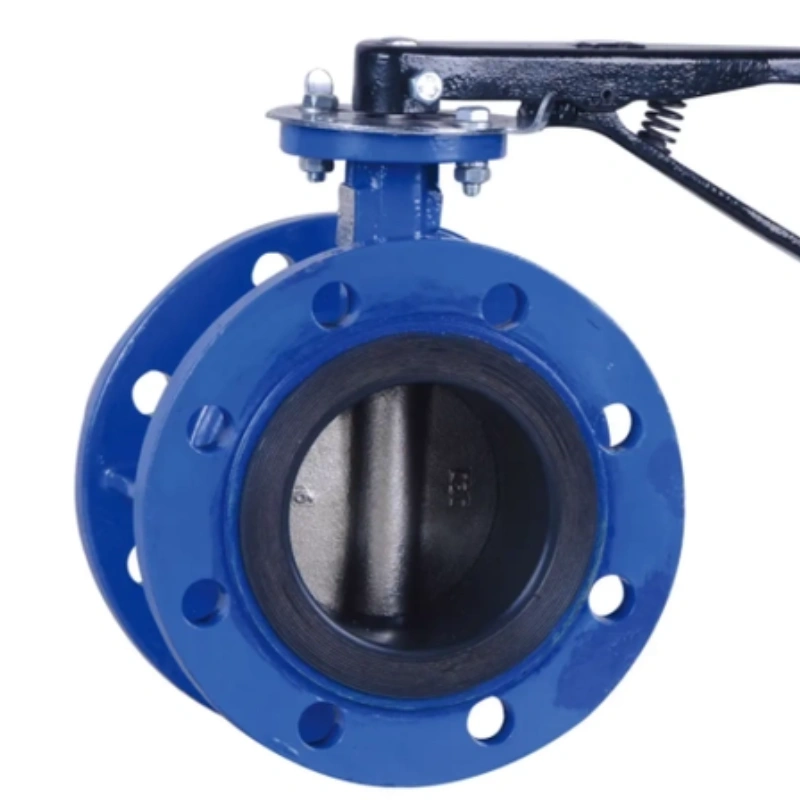டிசம்பர் . 07, 2024 08:28 Back to list
water main check valve
Understanding the Importance of Water Main Check Valves
Water supply systems are the lifeblood of any urban infrastructure, ensuring that clean, potable water reaches homes, businesses, and public services. Among the multitude of components that keep these systems functioning optimally, the water main check valve plays a crucial role. In this article, we will explore what water main check valves are, how they function, and why they are essential for maintaining efficient water supply systems.
What is a Water Main Check Valve?
A water main check valve is a mechanical device installed in the water supply line to prevent the backflow of water. Its primary function is to allow water to flow in one direction while blocking reverse flow. This mechanism is particularly important in maintaining the integrity of water distribution systems. Check valves are essential not only for potable water applications but also in wastewater management, irrigation systems, and various industrial processes.
How Do Water Main Check Valves Work?
Water main check valves operate based on pressure differences between upstream and downstream sides. When water is flowing in the correct direction, the pressure difference pushes a disk or flap inside the valve open, allowing water to pass through. If there is a drop in pressure or a sudden change in flow direction—such as when a pump shuts off or a pipe bursts—the valve automatically closes, preventing water from flowing back into the supply line.
There are two main types of check valves commonly used in water supply systems swing check valves and lift check valves.
- Swing Check Valves These valves have a hinged disc that swings open with forward flow. When backflow occurs, the disc swings back to seal the opening, thus blocking reverse flow.
- Lift Check Valves Instead of swinging, lift check valves have a disc that moves upward or downward. The pressure differential pushes the disc up to allow flow and lets it fall to seal the valve during backflow.
water main check valve

Importance of Water Main Check Valves
1. Preventing Contamination One of the most critical functions of check valves is preventing contamination of potable water sources. If water were to flow back into the system, it could bring pollutants, pathogens, and other harmful substances, compromising public health.
2. Maintaining Pressure Balance In a water distribution system, maintaining consistent pressure is vital. Check valves help maintain pressure balance, preventing the situation where the pressure drop in one area can result in low pressure in another, which can disrupt the distribution of water.
3. Protecting Equipment Water systems often include pumps, which can be sensitive to backflow conditions. Check valves protect these expensive pieces of equipment from potential damage caused by reverse flow, thus extending their lifespan and reducing maintenance costs.
4. System Efficiency By ensuring unidirectional flow, check valves improve the overall efficiency of water distribution systems. They minimize water loss and reduce the energy costs associated with pumping water.
5. Regulatory Compliance Many municipalities and regulatory bodies require the installation of check valves in water systems to ensure compliance with health and safety standards. This not only helps protect consumers but also upholds the integrity of the water supply infrastructure.
Conclusion
In conclusion, water main check valves are integral components of water supply systems. Their ability to prevent backflow not only protects freshwater supplies and maintains the system's efficiency but also safeguards public health and equipment from potential damage. As cities continue to grow and water systems become more complex, the importance of reliable check valves cannot be overstated. Investing in high-quality check valves and maintaining them properly can ensure a safe and efficient water supply for generations to come.
-
Thread Micrometer Set FeaturesNewsJul.04,2025
-
Right Angle Ruler Tool for WoodworkingNewsJul.04,2025
-
Precision Frame Level Calibration StepsNewsJul.04,2025
-
Magnetic Vee Block MaterialsNewsJul.04,2025
-
Heavy Duty Ground Anchors in MiningNewsJul.04,2025
-
Features of Welding Table Cast IronNewsJul.04,2025
Related PRODUCTS









